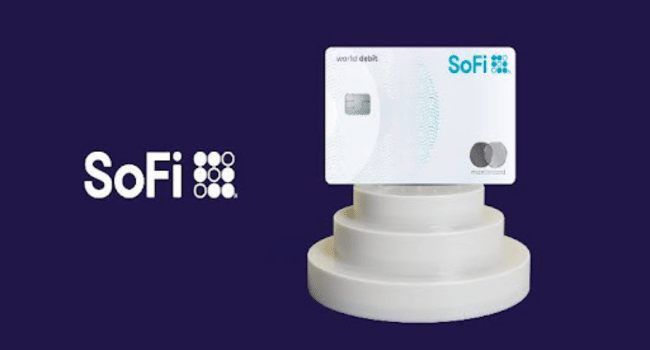Table of Contents
Getting your first debit card can be exciting, as it’s a step towards financial independence. You can access your money in a convenient, secure and modern way. The good part? Getting it is simple and easy – whether you’re a student opening your first bank account, starting a new job, or simply looking for a smarter way to manage money. With the help of a little planning, you can swipe, tap and budget like a pro in no time. Here’s an easy guide on how to get your first debit card:
Choose The Right Bank or Credit Union
Not every bank is alike and which one you choose will determine what fees you pay and the convenience and benefits you get. As such, seek to find a bank or credit union with free or low-fee checking accounts, excellent customer service and online or cell phone banking capabilities. When considering alternatives or taking advantage of a banking platform to apply for a debit card online, seek out those that have low or zero monthly fees, free use of ATM machines and mobile banking resources. Most community banks and credit unions also offer special accounts for students or young adults that have fewer stipulations.
Decide Which Account Suits You
Debit cards are always linked to a checking account or, in some instances, a savings account. For you to be able to receive your card, you will be required to open one of those accounts and in the case of most first-time users, opening a checking account would be best, as it enables you to pay bills, shop online and make easy cash withdrawals. When selecting, take note of requirements on accounts since some accounts require you to have a minimum balance, while others provide free overdraft protection or rewards on purchases made daily.
Provide Information and Documentation
Once you have selected your bank and account type, you can apply for the debit card. You will be asked to supply some basic personal details, including your full name, date of birth, address, and Social Security number, or local equivalent identification, and if you are under 18, you will probably need to get a parent or guardian to co-sign or open the account as a joint holder. Banks will also ask you to present valid identification, e.g., a passport or driver’s license, and presenting these documents beforehand will be smooth and hassle-free.
Make an Initial Deposit
Most banks require you to make a small opening deposit to activate your account, which may be anywhere from as low as $25 up to $100, depending on the bank, while others even let you open an account without a required initial deposit. This process is significant in that it actually funds your account and also informs the bank that you are prepared to use your debit card.
Activate Your Debit Card
After your account is open and funded, the bank will issue your first debit card, and in many cases, you will receive it by mail within a week, though some banks provide instant cards at the branch. After getting your card, your card will have to be activated, something which can typically be done by calling a phone number, going through an ATM or logging into your bank’s mobile application.
Use It Responsibly
Getting your debit card is just the beginning, and to make the most of it, you need to have good financial habits. Monitor spending using your bank’s mobile app, do not overdraw on your account and review your statements periodically. It is also a good idea to know how to configure mobile wallet payments, low-balance alerts, and direct deposit for your paycheck since these can make your debit card even more useful and secure.
Getting your first debit card is all about convenience and taking charge of your finances. With secure access to cash, useful digital features, and the chance to develop sound habits, your debit card can be a great tool for managing day-to-day life.
